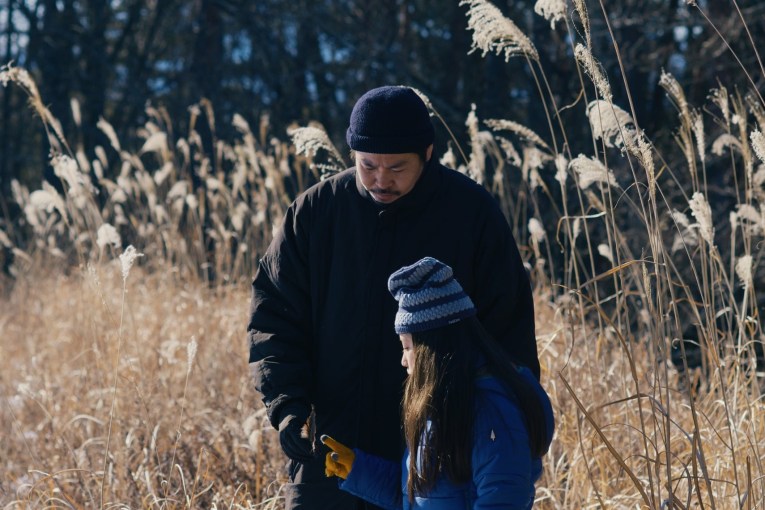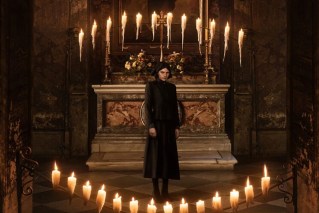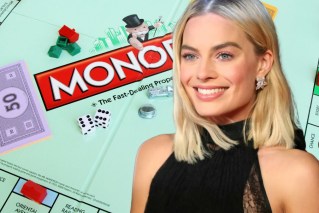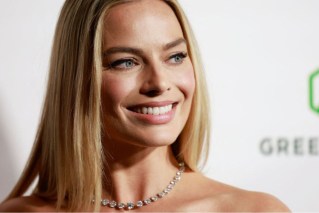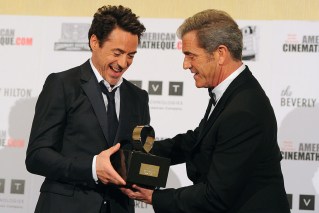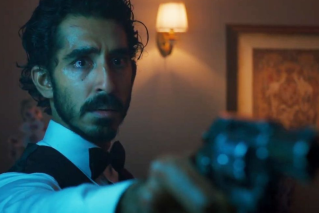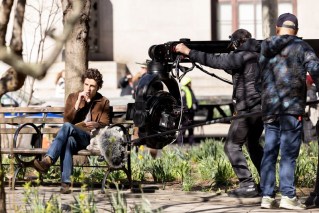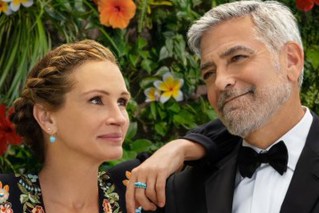Disney doesn’t want you to see these movies without a warning
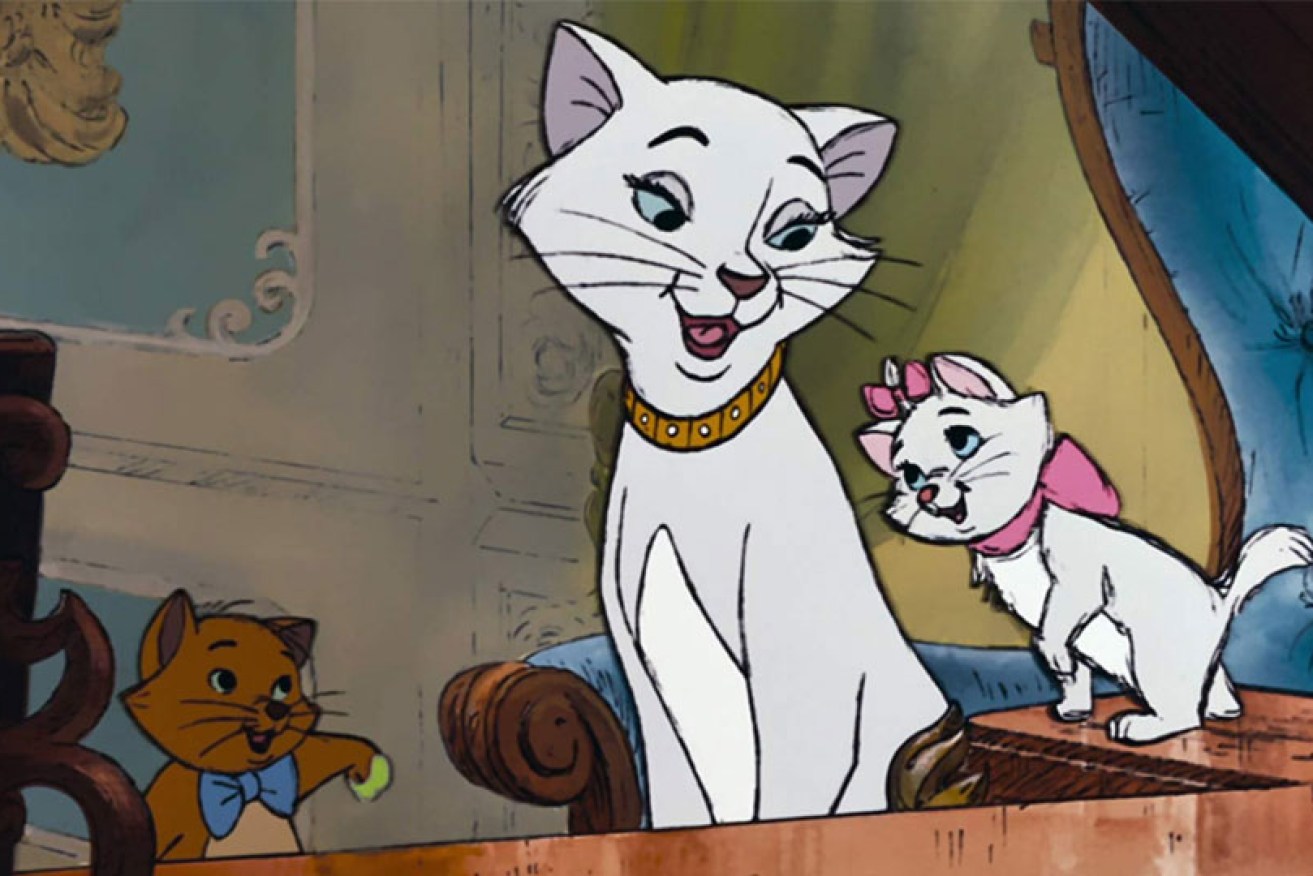
Disney classic The Aristocats has a warning for its depiction of a cat talking in a stereotypical Asian accent. Photo: Disney
Launching this week in Australia, the new Disney+ streaming service has crept from its vault cautiously, sealing up some features as tightly as the Ark of the Covenant, and issuing warnings about problematic content on others.
Disney is clearly sensitive about causing offence through outdated racial and social stereotypes.
Its most notorious ‘ugly child’ is 1946’s Song of the South (whose tune Zip-Ah-Dee-Doo-Dah won an Oscar) was banished to the vault for decades because of its sentimental depiction of the segregated American south.
But there are also widely seen films being treated with gauze safety gloves.
Dumbo (1941) now carries a warning about problematic racial imagery and dialect from crows who appear in the third act, including “Jim Crow”, a pun on the era’s segregation laws.
Other beloved features carry similar warnings, including Peter Pan (insulting depictions of Native Americans), Lady and the Tramp, The Aristocats (racist depictions of Siamese cats) and The Jungle Book.
Accusations of racial insensitivity are nothing new to Disney.
Walt Disney has long been condemned by some as an anti-Semite (not that this was reflected in his hiring practices).
But while some past portrayals certainly raise eyebrows viewed through a more culturally aware prism, they tell an incomplete story.
Dumbo is a good illustration.
Yes, the crows are portrayed, clumsily, as contemporary African-American types, but they are not Black and White Minstrel-style buffoons.
Once they sense Dumbo’s vulnerability, the crows use their wiles to teach him self-confidence.
In a film notorious for the tear-jerking cruelty inflicted on a helpless infant, the crows, along with Timothy Mouse, are the only characters who show Dumbo kindness.
The villains are the female elephants, resembling a prissy suburban sewing circle, who shun Dumbo.
Similarly, The Jungle Book has been criticised for advocating that people (and beasts) should stay with their own kind against a background of anti-segregation unrest in 1967.
But the reason the wolves and Bagheera the panther determine Mowgli should return to the village is not that he is unwelcome among them, but that Shere Khan the tiger has returned intent on eating him.
Of course, it’s Disney’s prerogative to employ product warnings. But there are implications attached to this decision.
Must subscription TV now surveys vaults of 1960s TV comedy and issue similar warnings?
I recall an episode of Gilligan’s Island where the Skipper disguised himself as a headhunter through ‘brown-face’ to test Gilligan’s courage.
I certainly remember 1967’s The Girls From KAOS episode of Get Smart where beauty contest entrant Miss Formosa (now Taiwan) was a KAOS agent who went undetected because CONTROL’s facial-recognition computer couldn’t tell her apart from other women ‘from that part of the world’.
Disney+ has work ahead if it extends this ‘don’t offend’ principle to its ultimate conclusion.
Watching 1949’s The Adventures of Ichabod and Mr Toad this Halloween, my daughter was horrified at Brom Bones’ appalled rejection of a party guest’s invitation to dance because she was short and stout.
As a person with a spreading midriff, where was my warning?
Rather than censoring or disclaiming classics from another age, a better route could be to ensure more frequent and positive cultural diversity going forward.
Since 1989’s The Little Mermaid initiated the ‘Disney Renaissance’, five of nine official Disney princesses crowned have been non-white – Jasmine, Pocahontas, Mulan, Tiana and Moana.
Not that this closed the issue.
Disney was criticised for cultural inaccuracies, particularly in Pocahontas and Mulan.

In Pocahontas the daughter of an Algonquin chief and an English soldier share a romance. Photo: Disney
This criticism wasn’t baseless but, bafflingly, The Lion King (1994) was also condemned as homophobic because its villain, Scar, was a gay stereotype, apparently confirmed by Scar’s refined English accent (courtesy of Jeremy Irons) and penchant for sarcasm.
Still, Disney recognised the problem and tried to address it.
The studio had more success with its gender messaging in Beauty and the Beast (1991) where empowered, bookish Belle overcame Gaston’s boorish, toxic masculinity.
Disney feature films date from 1937, reflecting 82 years of socio-political upheaval and evolution, so if we seek offence we’ll surely find it.
As someone of Scottish heritage, perhaps I should tweet angrily about depictions of my ancestors as belligerent drunks in 2012’s Brave.
There must be plenty to offend me in Young MacGuffin’s dialogue once I penetrate that comical accent of his.
